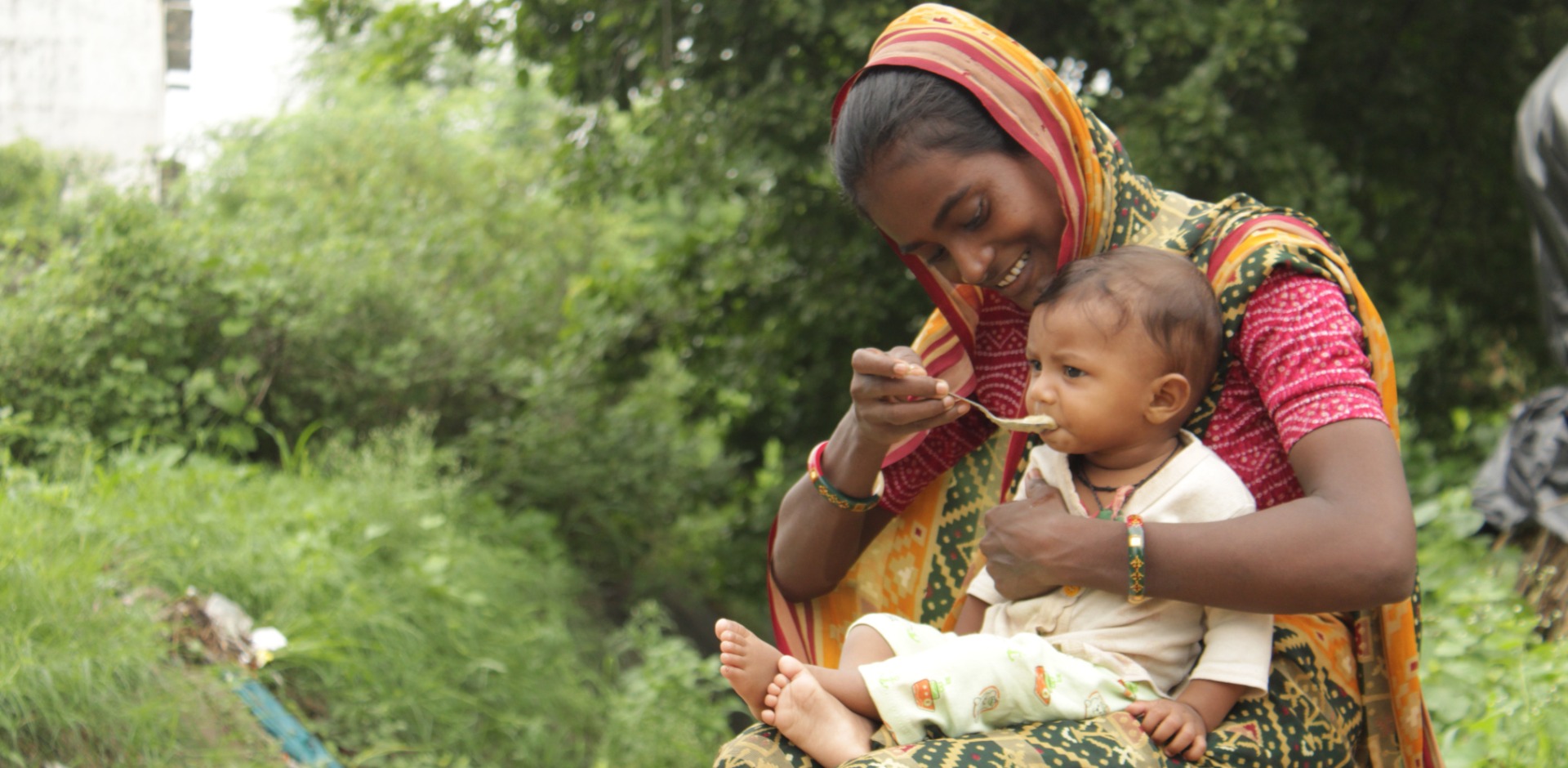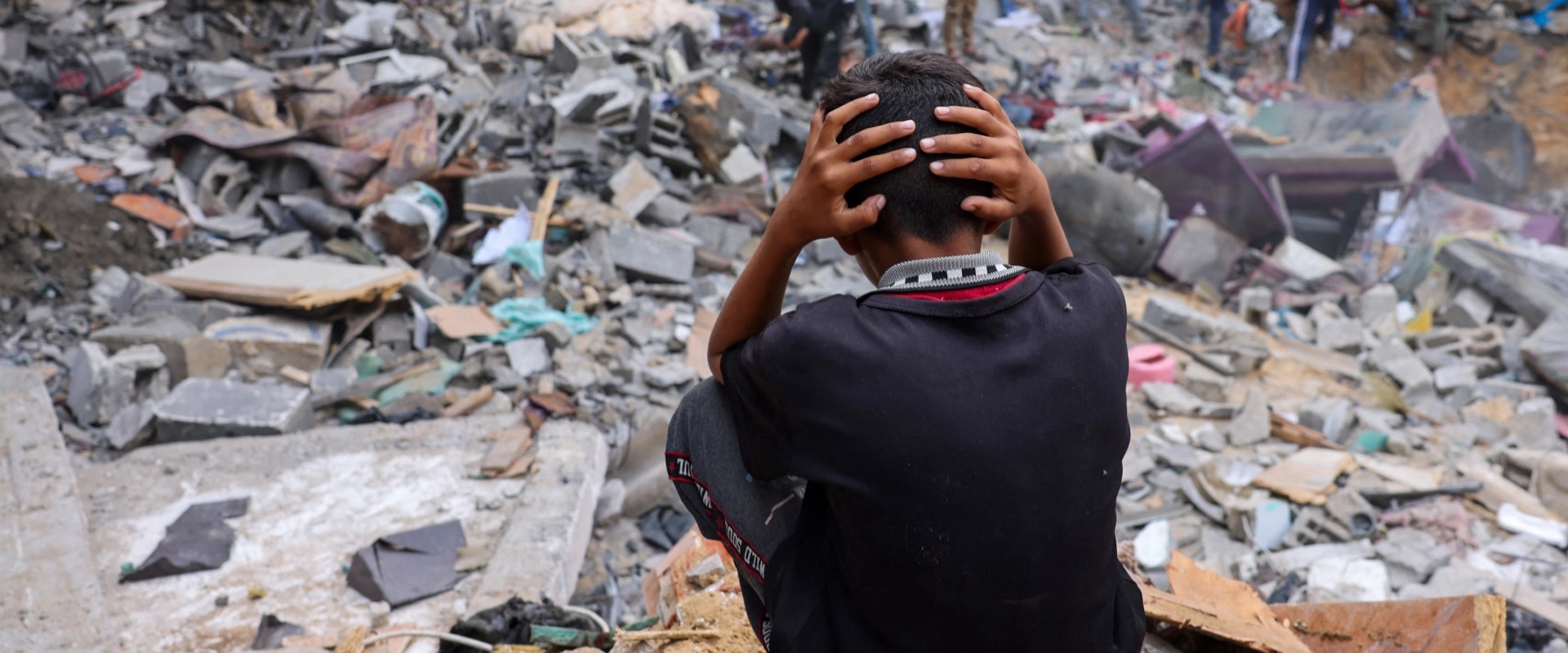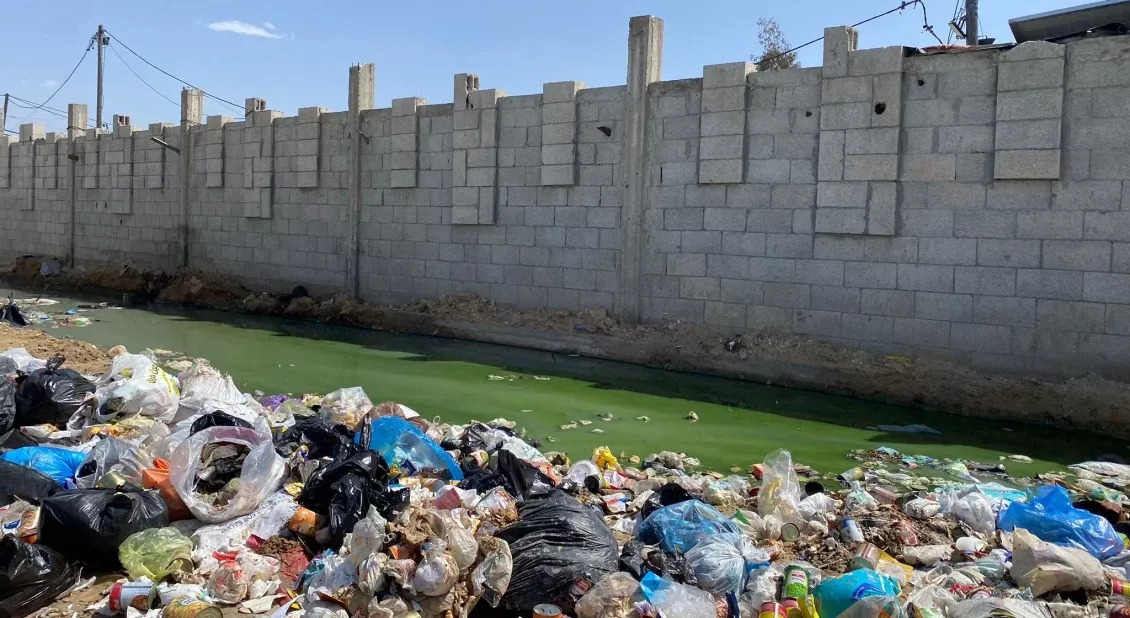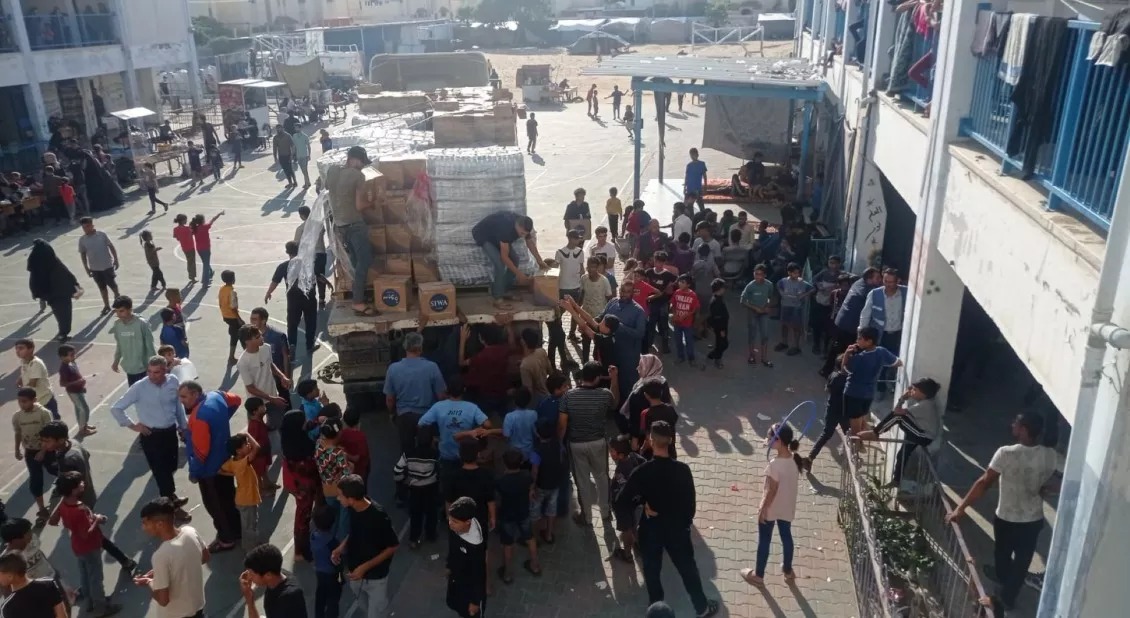
This Holiday Season, Give the Gift of Hope

The humanitarian crisis in Gaza is escalating at a rapid rate. Constant bombardment from air, land, and sea threatening lives and destroying what little remains in Gaza. Those who have survived are facing deadly hunger.
To learn more, we sat down with one of our experts on the humanitarian crisis. For security reasons, they remain anonymous.

Can you start by providing some background on the situation in Gaza?
After the conflict began in early October, over 21,000 Palestinians were killed in a span of three months. Over 36,000 men, women, and children in Gaza have been killed, which amounts to about 154 per day since the conflict began. Another 81,000 people have been injured, including women, children, medical staff, and humanitarian aid workers.
We also are dealing with massive displacement. What is happening?
At least 85% of the population has forced to move. Some of our staff have been displaced close to a dozen times.
Since October, more than 70,000 homes have been destroyed, leaving 1.7 million people crowded into densely populated, unsanitary areas.
Many families have been forcibly displaced several times, moving from one makeshift camp to the next. In May alone, approximately 800,000 people have been forced out of Rafah. Many people are seeking refuge in displacement camps, where they face rising levels of illness, from diarrhea to respiratory infections to jaundice.
Due to the military invasion of Rafah, patients can no longer use the An Najjar Hospital, which had a 220-bed capacity. Today, the Kuwaiti Hospital, with 36 beds, remains the main trauma care provider. With military operations intensifying over the past two weeks, daily medical consultations have dropped 40%.
How are our staff responding to the crisis?
Action Against Hunger has been in the area since 2005, and we were able to begin our response in early October. Teams have brought in water trucks with local suppliers, and sometimes distributed water bottles. We also distributed hot food in hospitals, especially for breastfeeding or pregnant women and their children. Our staff have faced countless challenges and witnessed some incredible suffering. They are nothing short of heroes.

In Gaza, 50% of households are experiencing catastrophic levels of hunger, which is the most severe crisis level. Within the next few months, 7 out of 10 Gazans in the north will be at risk of famine. Our teams have been distributing food, water, hygiene kits, bedding, and other necessities.
Hunger rates are rising in Gaza. How come?
The United Nations Relief and Works Agency (UNRWA) has suspended food distributions in Rafah due to shortages. Only ten bakeries remain operational in Gaza but are imperiled and may soon run out of cooking fuel. The WHO Director General has called the situation “beyond catastrophic.”
With Gaza on the brink of famine, Action Against Hunger is one of the few humanitarian organizations working tirelessly to provide aid. Despite the United States’ construction of a new pier, entry of goods and humanitarian access remain limited. Between May 1 and 20, only 50% of aid missions in southern Gaza and 37% of missions to northern Gaza were facilitated by Israeli authorities. Oftentimes, these projects are impeded or denied altogether.
How is our staff distributing supplies to meet basic needs?
Most of our distributions are based on aid already within Gaza. This is because of the number of humanitarian impediments. It can be extremely difficult and risky to get in and out of Gaza, and many border crossings have been shut down.
We coordinate with humanitarian partners to distribute necessities. This can often take longer than anticipated. We were recently able to distribute shelter protection kits, which included mattresses, pillows, and sheets. But this took months from the start of the procurement process in Jordan to the actual delivery into Gaza. There are many restrictions on what is able to enter and when we can provide aid.
Doesn’t that mean that food within Gaza could run out?
Distributions have become less diverse and less nutritious. That’s what happened to our programs in the North. We were no longer able to distribute meat. We were no longer able to distribute eggs. We were no longer able to distribute bread for a few weeks. Therefore, distribution consisted of things like olives, canned tomatoes, thyme, or dukkah, which is a condiment made of herbs, nuts, and spices. These are not sufficient to stave off malnutrition.
We’ve been trying to restart local agricultural communities, but most of the land is degraded or destroyed. Farmers are unable to grow fresh fruits and vegetables in plots that are riddled with unexploded bombs.

How quickly are things getting worse?
There was next to no malnutrition in Gaza prior to Oct. 7. For it to deteriorate to the situation it is today in the span of seven months, with the risk of famine and deaths due to starvation, is close to unheard of.
In Gaza, the war is hunger. Hunger is war. It’s a direct link. The destruction of civilian infrastructure, the agricultural system falling on its knees, and the complete reliance of humanitarian aid was not the case prior to Oct. 7. This alone reveals how dire the situation really is.
By the time famine is declared, it’s too late. Waiting for that declaration means that people have already died and people will continue dying — and there’s little people can do at that point. That’s why prevention is critical.
By the time famine is declared, it’s too late.
Are we responding to mental health needs in Gaza?
Right now, people in Gaza can hardly process the mental trauma they’re enduring when they’re facing it day after day.
Our psychological support staff remind us that it’s extremely difficult to address mental health until people have basic necessities like food and water and a safe place. This is not the reality in Gaza.
The mental trauma from this conflict will have ripple effects for a decade, 20 years, 30 years after. These are things that can stick around through generations. Action Against Hunger aims to respond to this mental distress as soon as possible, but the first step is permanent ceasefire.
How do we protect our staff?
Over 200 humanitarian aid workers have been killed during this conflict. A high majority of these are Palestinian workers that have gone unrecognized.
At Action Against Hunger, we are constantly advocating for the safety and protection of aid workers. We also invest in tools and training that can help promote security, and we need donors to understand the need to prioritize funding for these critical and potentially life-saving efforts.
We work hard to keep our staff safe. The civilians we support deserve to be safe, too. With people dying every day, we need every single worker on the ground doing as much as they can. There’s no such thing as duplication of efforts right now.
How can we stop this crisis?
For one, it’s essential to uphold international humanitarian law.
We also need effective humanitarian access so that our teams can continue to do their jobs and help people in need. Before Oct. 7, it took one hour to get from Rafah to Gaza City. Today, it takes six hours, and that doesn’t include the two to three hours that aid workers sometimes spend at checkpoints.
A permanent and immediate ceasefire is not just the end goal. It’s the first step. It’s the only thing that makes it possible for the protection of civilians and protection of aid workers.

Action Against Hunger has been working in Gaza since 2005 and the West Bank since 2002. Since Oct. 7, we’ve reached over 837,000 people in Gaza, including over 709,000 through water, sanitation, and hygiene (WASH) programs. Our assistance includes distributing hot meals and hygiene kits; trucking clean water to communities; connecting people with shelters; and providing assistance with removal of solid waste management.
Join our community of supporters passionate about ending world hunger.